Rosé All Day, Rosé All Ways: How Rosé Gets Made
In the past decade rosé has risen to prominence to become an all-purpose wine: rosé all day, all season, all year. No longer relegated only to summertime patios, rosé has become one of our favorite staple wines. But how much do we actually know about the pink stuff frequenting our wine glasses? If, like me, you assumed until embarrassingly recently that rosé was simply a blend of red and white wines — confess, were you today years old? — then probably not much. So let’s get into how rosé is actually made.
First, a common rosé myth debunked: the color of rosé has nothing to do with its level of sweetness, and any outlet trying to tell you otherwise hasn't updated its wine sensibilities since the 1980s. Back when the U.S. was mainly producing cloyingly sweet rosés labeled as “blush” wines, avoiding these richly colored rosés might have been good advice. With the rise of high quality rosé from here and basically everywhere wine is made, the color of rosé has little to do with its residual sugar content, and instead speaks to the grape varieties used, as well as the way the wine was made. Here are the primary methods used to make rosé, plus regions to look out for (beyond Provence) when looking for your next great pink sipper.
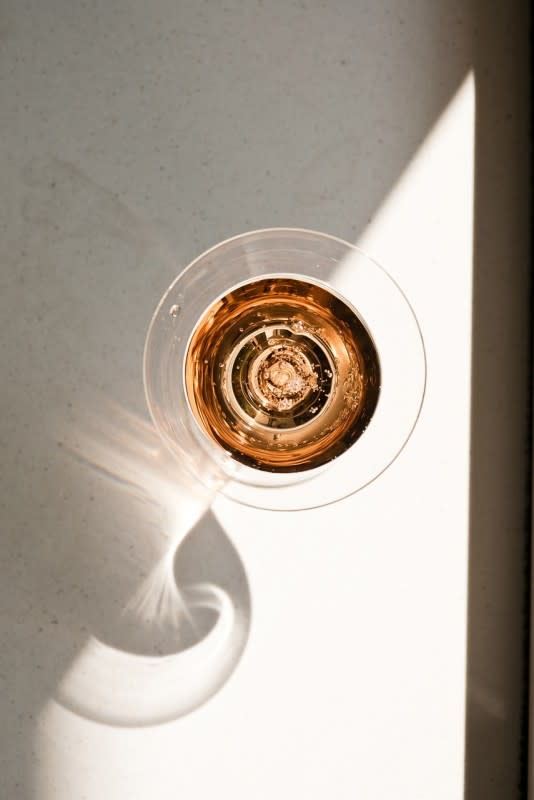
Courtesy of Pixabay
Prolonged contact between grape skins and grape juice is what creates pigmentation in wine. Most red grapes still have green flesh, and therefore, juice, from which it’s entirely possible (and way more common than you realize) to make a white wine, so it’s only because of contact with the skins for an extended period during fermentation that creates deeply colored red wines.
Rosé, then, is commonly made from red grapes with only limited contact with their skins, either through direct press, where the juice from fully ripe grapes takes a little pigment from the grape skins while being crushed, or by letting the juice macerate with the skins for a short period during fermentation. (Italian winery Pasqua offers a rosé that indicates exactly how long, helpfully called “11 Minutes Rosé.”)
In these cases, rosé wines are basically red wines acting like white wines. The limited contact with skins is only enough to impart color, not tannin, resulting in a fresh, lightly-hued wine that’s perfect for serving chilled.
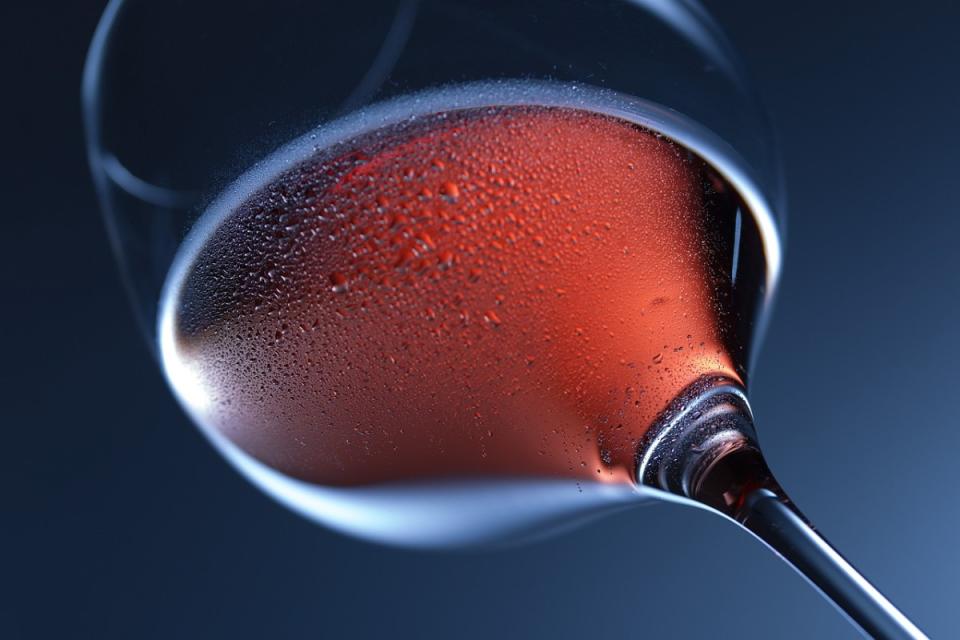
Courtesy of Pixabay
Less common than the direct press or limited maceration methods above, saignée rosés are, however, the most metal of rosés. In French, “saignée” means “bleeding.”
Again, red grapes are the star of the show here. In this method, winemakers who are looking to make an especially structured or robust red wine may “bleed,” or drain off some of the juice during fermentation in order to increase the ratio of juice to skins remaining in the tank for its intended red wine. The bled-off juice is effectively early stage rosé, and can be sent off to its own fermentation tank to continue the process. These rosés may exhibit a little more pigment and structure than those made from other methods.
While saignée rosés are somewhat more likely to be varietally labeled, i.e. “rosé of Malbec,” this doesn’t necessarily guarantee that a rosé was made according to this method. Unless a given label’s verbiage offers any insight, you may have to go digging into producer websites to seek out saignée method rosés.
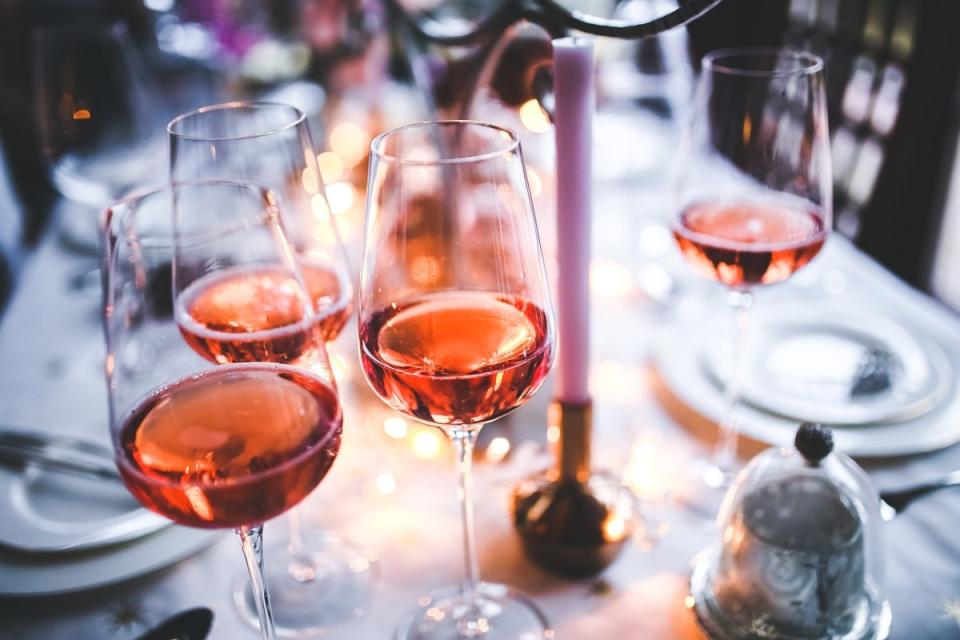
Courtesy of Pixabay
If you previously thought that rosé wines were just a little Pinot Noir, a little Chardonnay blended together in the bottle, well, you weren’t entirely wrong. While uncommon for making still rosé wines, sparkling rosés will often be composed of a base white wine, with a little red wine blended in for color. The resulting rosé-colored still wine then goes through the secondary fermentation which creates its carbonation, resulting in sparkling rosé. Note that this isn’t always the case with sparkling rosé, which can also be made from either of the two methods above.
Wines which are co-fermented with both red and white grapes — meaning that the different grape varieties are crushed and fermented together, often result more in red wines than pink ones, but certain co-ferments sometimes make for brightly colored magenta wines that may fit your paradigm for rosé.
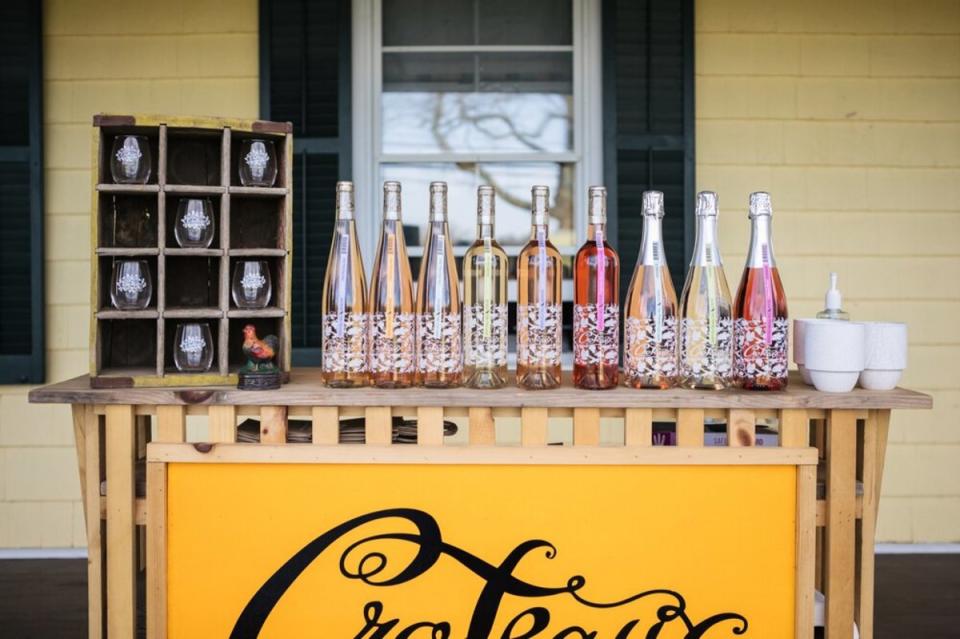
Courtesy of Croteaux
We all owe France broadly and Provence especially a debt of gratitude for the alluring bottles and demure hues that helped attract people to rosé in the first place, but vibrant rosés are being made just about everywhere quality wine is made. While French rosés still make up some of the world’s best sellers, along with Italy and California, here are a few deeper dives for your next drink pink occasion:

Courtesy of Kalmuck
Austria is almost synonymous with its herbaceous white Grüner Veltliner, but Austria also has several signature reds from which dynamic rosés are also made, especially Zweigelt, Blaufränkisch, and Saint Laurent. (All of which also lend a kind of badass, metal quality to rosé, now that you mention it.) Budget friendly and quaffable, keep your eyes out for selections by producers such as Kalmuck and Martinshof.
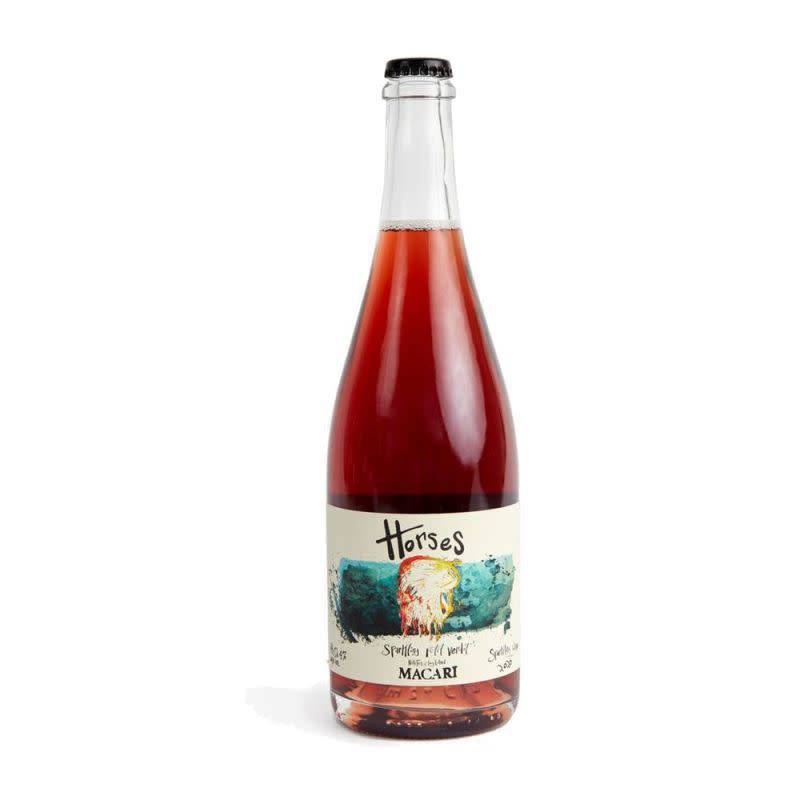
Courtesy of Macari
In a brilliant marketing move, The North Fork of Long Island staked its claim on being a rosé region as a means of appealing to its built-in crowd traveling to and from the Hamptons. Wolffer Estate offers two expressions of Summer in a Bottle: one sourced from Côtes de Provence grapes and the other from Long Island. Croteaux Vineyards is the country’s only producer dedicated solely to rosé, and Macari Vineyards offers a vivacious pét-nat sparkler from Cabernet Franc called Horses which should top your list of go-to bottles.
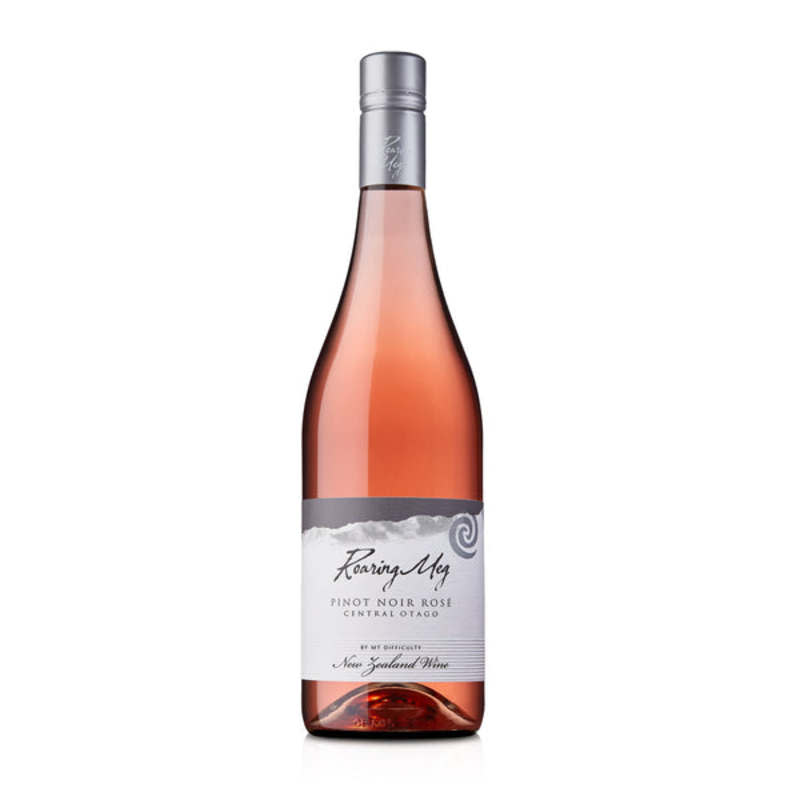
Courtesy of Roaring Meg
New Zealand captured our hearts with its fruity, savory, and budget-friendly Sauvignon Blancs, but the island is also known for its Pinot Noirs, from which excellent, fresh and fruity rosé is also made. You can grab from your same go-to Sauvignon Blanc producers like Oyster Bay and Matua, or up the ante on some elegant but still budget-friendly expressions from Jackson Estate, Equilibrium, or Mt Difficulty.
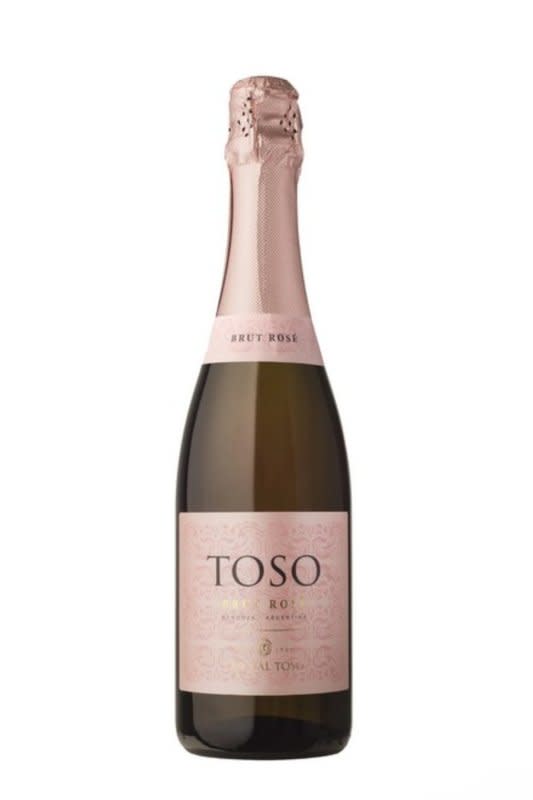
Courtesy of Pascual Toso
Any region that has a signature red grape (read: Malbec) is definitely taking advantage of it for rosé purposes. (Rosé can also be a saving grace in difficult harvest years when grapes haven’t ripened to the winemaker’s liking.) All of South America’s wine making countries are known for broad reds and have the rosés to back them up, but for the best availability and value, look to Argentina. A personal favorite: Pascual Toso Brut Rosé — an excellent $10 sparkler that lends a touch of elegance to any occasion.

